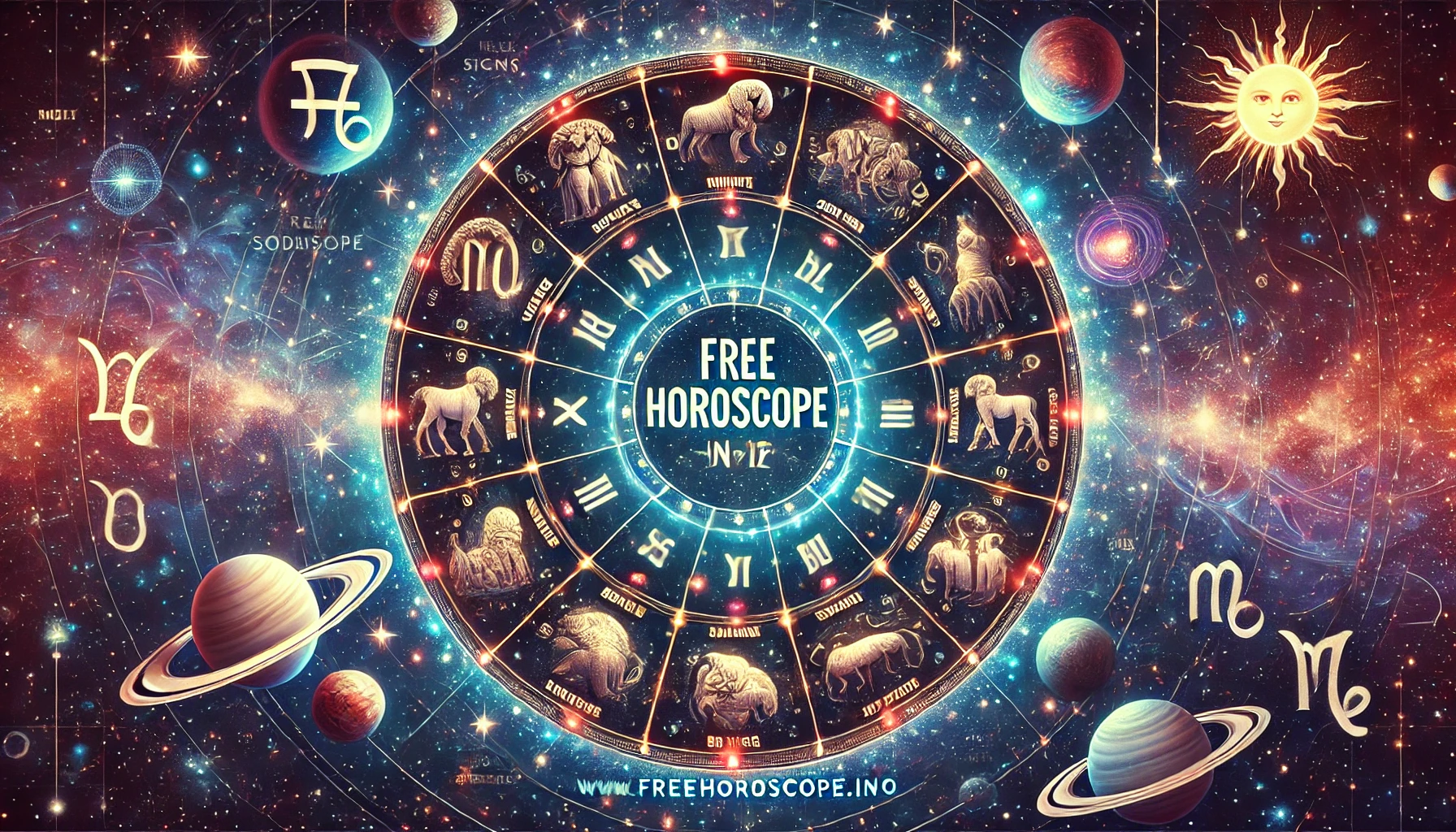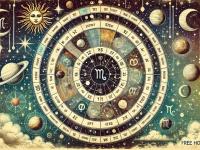What Is Your Zodiac Sign Based on Your Date of Birth?

Zodiac sign dates are periods that indicate the astrological sign based on the date of birth, focusing on the day and the month.
What Is Your Zodiac Sign Based on Your Date of Birth?
Understanding your zodiac sign can provide insights into your personality, relationships, and life patterns. Astrology divides the year into twelve segments, each associated with a specific zodiac sign. Your sign is determined by the position of the sun at the time of your birth.
Determining Your Zodiac Sign
To find your zodiac sign, match your birth date with the corresponding sign below. These dates follow Tropical Astrology, the most widely used astrological system in Western cultures.
Zodiac Signs and Their Date Ranges:
- Aries (March 21 – April 19)
- Taurus (April 20 – May 20)
- Gemini (May 21 – June 20)
- Cancer (June 21 – July 22)
- Leo (July 23 – August 22)
- Virgo (August 23 – September 22)
- Libra (September 23 – October 22)
- Scorpio (October 23 – November 21)
- Sagittarius (November 22 – December 21)
- Capricorn (December 22 – January 19)
- Aquarius (January 20 – February 18)
- Pisces (February 19 – March 20)
For example, if you were born on April 15, your zodiac sign would be Aries.
Tropical vs. Sidereal Astrology
While Tropical Astrology is dominant in Western traditions, Sidereal Astrology is commonly used in Eastern cultures, particularly in Vedic astrology. Sidereal Astrology considers the actual position of constellations, accounting for the Earth's axial precession, resulting in different date ranges for each sign.
Sidereal Zodiac Sign Date Ranges:
- Aries (April 14 – May 14)
- Taurus (May 15 – June 14)
- Gemini (June 15 – July 14)
- Cancer (July 15 – August 14)
- Leo (August 15 – September 15)
- Virgo (September 16 – October 15)
- Libra (October 16 – November 14)
- Scorpio (November 15 – December 14)
- Sagittarius (December 15 – January 13)
- Capricorn (January 14 – February 11)
- Aquarius (February 12 – March 12)
- Pisces (March 13 – April 13)
For instance, someone born on April 15 would be an Aries in Tropical Astrology but a Pisces in Sidereal Astrology.
The Concept of Cusp Dates
Individuals born on the cusp—the transition period between two signs—may exhibit traits from both signs. The cusp period generally spans about two to three days at the end of one sign and the beginning of another.
Examples of Cusp Dates:
- Aries-Taurus Cusp: April 18 – April 22
- Taurus-Gemini Cusp: May 19 – May 23
- Gemini-Cancer Cusp: June 19 – June 23
- Cancer-Leo Cusp: July 21 – July 25
- Leo-Virgo Cusp: August 21 – August 25
- Virgo-Libra Cusp: September 20 – September 24
- Libra-Scorpio Cusp: October 21 – October 25
- Scorpio-Sagittarius Cusp: November 20 – November 24
- Sagittarius-Capricorn Cusp: December 20 – December 24
- Capricorn-Aquarius Cusp: January 18 – January 22
- Aquarius-Pisces Cusp: February 17 – February 21
- Pisces-Aries Cusp: March 19 – March 23
If your birth date falls within these ranges, you might relate to the characteristics of both adjacent signs.

Frequently Asked Questions (FAQ)
1. How can I determine my zodiac sign based on my birth date?
Your zodiac sign is determined by your birth date. For example, if you were born between March 21 and April 19, your zodiac sign is Aries.
2. What is the difference between Tropical and Sidereal astrology?
Tropical astrology is based on the position of the Sun relative to the seasons, while Sidereal astrology considers the actual placement of the stars and constellations in the sky.
3. What is a "cusp" in astrology?
A cusp is the transition period between two zodiac signs. People born on the cusp may exhibit traits from both signs.
4. Can my zodiac sign change depending on the astrology system?
Yes, depending on whether you follow Tropical or Sidereal astrology, the date ranges for zodiac signs may differ, which could affect your sign.
5. Does the time of birth affect my zodiac sign?
No, your Sun sign (zodiac sign) is determined only by your birth date. However, your Ascendant (Rising Sign) and planetary placements are influenced by your exact birth time and location.
Conclusion
By understanding your zodiac sign and its associated traits, you can gain valuable insights into yourself and your interactions with others. Whether you follow Tropical or Sidereal Astrology, the zodiac serves as a tool for self-reflection and personal growth.


